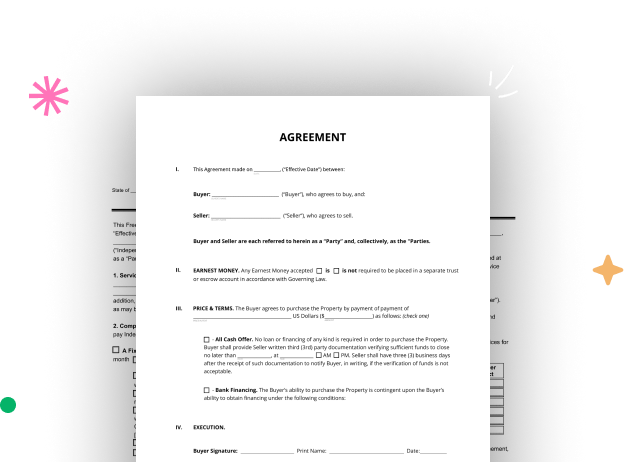

First, log in to your DocHub account. If you don't have one, you can simply register for free.
Once signed in, navigate to your dashboard. This is your primary hub for all document-based processes.
In your dashboard, hit New Document in the upper left corner. Choose Create Blank Document to build the Sample Complaint Letter from the ground up.
Add different fields like text boxes, photos, signature fields, and other fields to your template and designate these fields to certain individuals as required.
Refine your form by incorporating walkthroughs or any other crucial details utilizing the text option.
Attentively review your created Sample Complaint Letter for any errors or necessary adjustments. Take advantage of DocHub's editing capabilities to polish your form.
After completing, save your work. You may select to keep it within DocHub, export it to various storage solutions, or send it via a link or email.